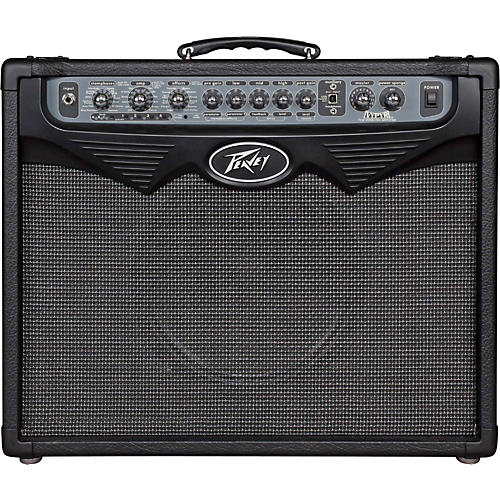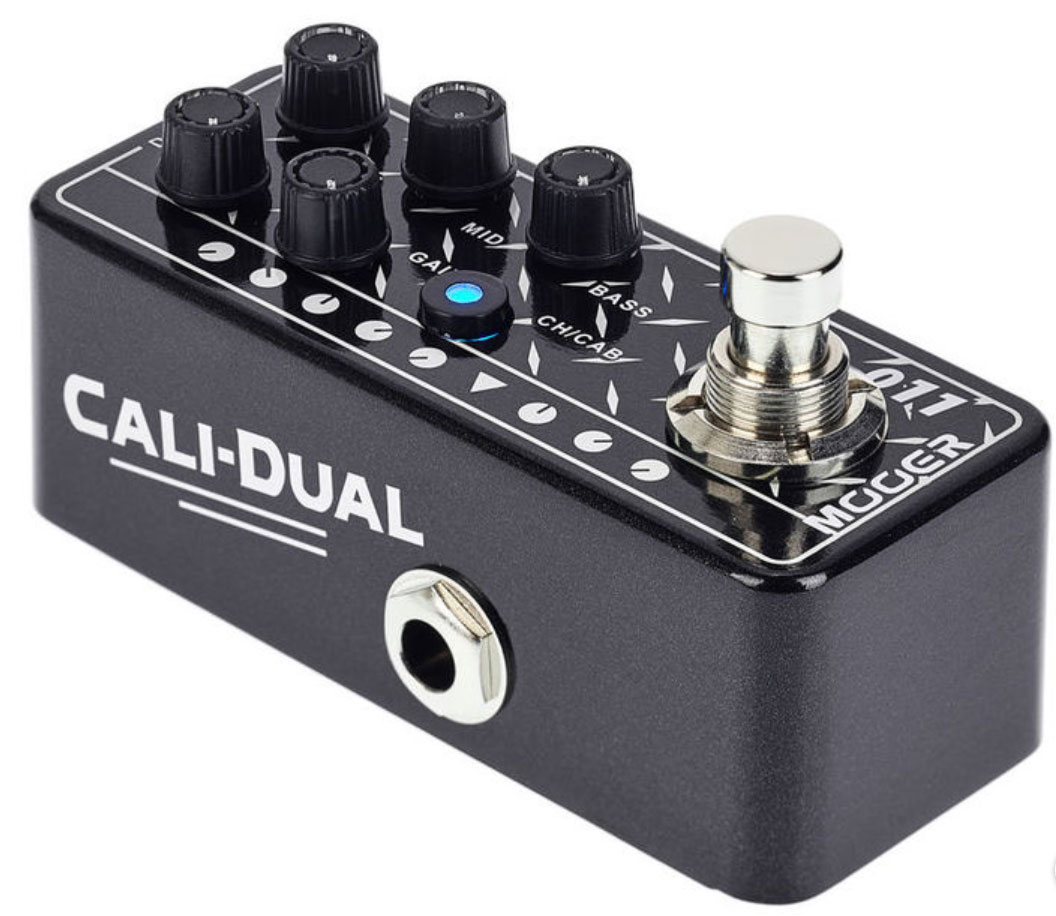
Why would you want less gain in this position? If you're going for all-out metal or shred, chances are you don't, and in such cases a good 12AX7 is likely your best bet. It's also the hottest tube in this selection-that is, it has the highest gain factor, at a factor of 100-so most amps that carry one in the V1 position are coming to you at their highest potential gain level, and that's also the state in which they're most familiar to the majority of players. We'll consider the 12AX7 (called an ECC83 in the UK, or a 7025 in some older US-made tubes) as the baseline in this examination, since it's the most common preamp tube type in use, particularly in contemporary guitar amps. Note that all of the following tubes can be used as direct replacements for each other in most cases, although one, the 12AT7, requires a slight caveat to that statement. And yes, you can reduce the gain level of any channel in your guitar amp by just turning down the first gain control (variously labeled volume, gain, drive, etc.), but changing it up via the correct tube swap can alter the nature of that gain stage and your amp's overall response as a result, in what is often heard as a more all-encompassing alteration of the amp's sonic characteristics. To that end, let's consider what four compatible nine-pin, dual-triode preamp tube types can bring to the table as regards the gain-making potential of your first preamp-tube slot, and how swapping one for the other can noticeably alter your amp's performance. The Gain Range: Four Levels of Hot-to-Cool Tube Types Which is to say, while guitarists do often use that ubiquitous term "tone" to refer to frequency-based sonic characteristics, we're just as likely to equate tone with the gain level induced by any preamp stage, and by other sonic artifacts associated with that gain, such as the proportion of clipping-clean, crunch, or all-out distortion-induced in the guitar signal at that stage. More to the point here, though, is the fact that the gain of the first preamp tube-often referred to as a "gain stage"-very directly impacts the tone that you achieve from the amp as a whole. It's a relatively inexpensive means of doing some tube-tasting of a different sort.ġ2Ax7 tubes from Tung-Sol and JJ Electronic That being said, if you want to buy three or four 12AX7s by different makers and experiment with the ways in which each induces a slightly different frequency response, go for it. This means that we might discuss a specific tube here as "a good way of adding warmth to your amp," only for that advice to have been made irrelevant by the time you read this and purchase that specific tube to try it out… and discover that they're not makin' 'em like they used to. You can also achieve slight alterations in frequency response by changing from one make of tube to another-to make a dark amp a little brighter or a bright amp a little darker, for example-but many new-make preamp tubes have been afloat on the market for quite some time, and along with that their manufacturing formulae might change at a moment's notice. In this article, we're mostly going to focus on altering your amp's sonic performance by substituting different tube types to induce different gain levels early in the preamp stage. So consult the correct documents to ensure you're locating the right tube in the first place, then have at it. If you have a two-channel amp, for example, and want to alter the characteristics of the second channel, the preamp tube you need to change might actually be the second in line (generally referred to as "V2"), even though it's the first tube in that channel.Īlso be aware that in many amp designs, each of two channels uses half of the same preamp tube, since the most common preamp tube types, called "dual triodes," essentially contain two individual gain stages within the same bottle.


The following discussion of preamp tube swaps, therefore, will focus on the effect of changing out the tube in that position, but be aware that you will want to refer to your amp manufacturer's user's manual, schematic, or other technical information for the amp in question to ensure you are correctly locating the first preamp tube in the channel to which you want to apply these tone tweaks. In some cases it can be pretty easy to change up an amp's fundamental characteristics, too, just by changing tubes in some crucial positions-and the tube that affects the biggest sonic change in most amps is the one we call "V1" (for "valve number one"), the first preamp tube that your guitar's signal hits after entering the amp's input. Guitarists who habitually use tube amps tend to be aware that the tubes themselves play a significant part in shaping the sonic personalities of those amps.


 0 kommentar(er)
0 kommentar(er)
